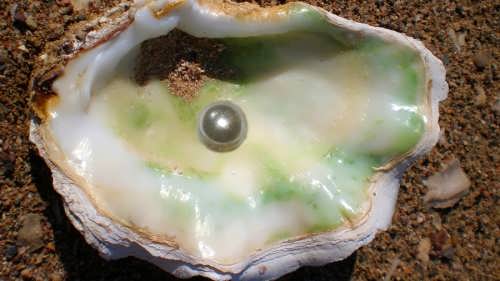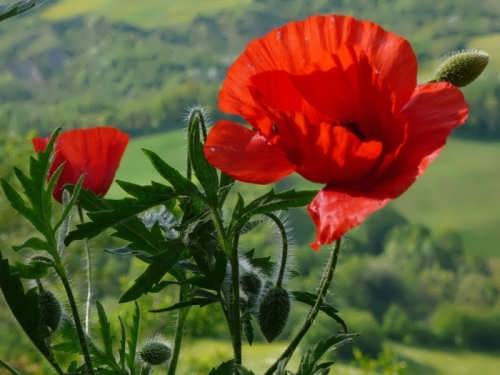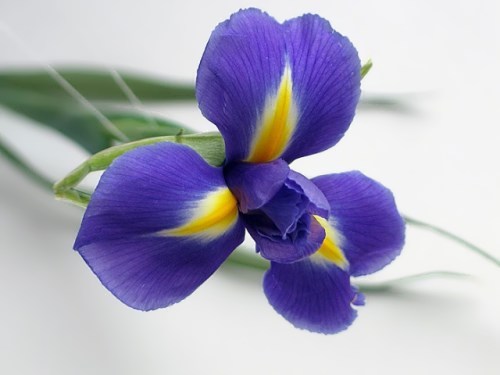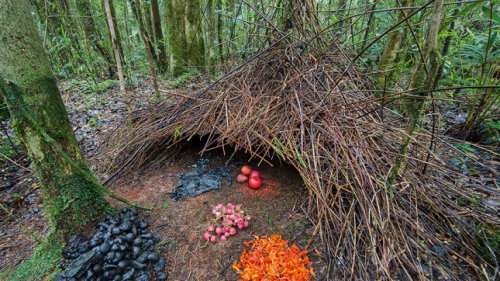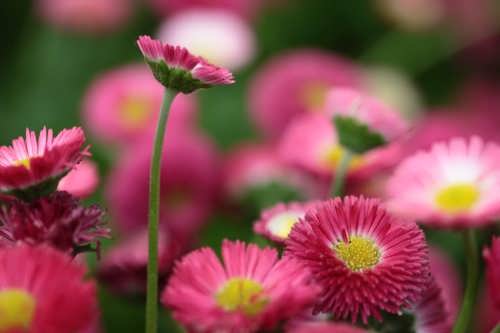Bivalve mollusks
Bivalve mollusks are known by such common names as clams, mussels, cockles, oysters, and scallops. These aquatic invertebrates live in marine and freshwater habitats all over the world. There are more than 30,000 living species of bivalves.
Bivalves range in size from the fingernail-sized “nut shells” to the giant clam which weighs up to 225 kilograms.
Its shell protects soft body. Muscles connect the two valves of the shell and allow closing the shell quickly and tightly. The innermost shiny shell layer is called mother of pearl. Some bivalves build shiny round pearls around particles of dirt that enter their shells.
A bivalve has a nervous system, a digestive system, a heart, and gills instead of lungs. Bivalves lack a well-developed head, and so their sense organs are located on the fringe of the mantle.
More »
